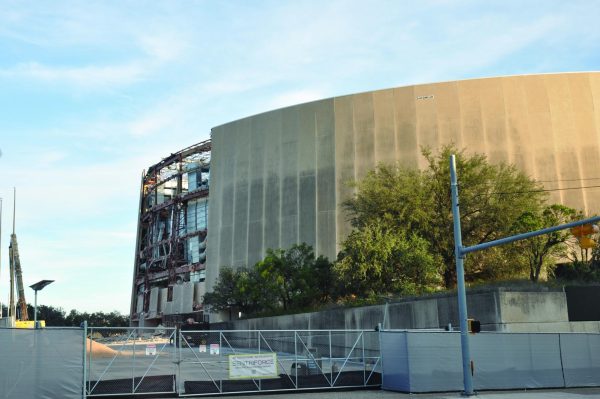What’s the TEA on AISD’s Grades?
October 9, 2019
Over the summer, the Texas Education Agency (TEA) released its scores for the 2018-2019 school year. The rating, called the Accountability Rating System, assigns districts and schools with a score on a 100 point scale. Three metrics factor into the overall score: Student Achievement, School Progress, and Closing the Gaps. The Austin Independent School District (AISD) received an overall score of 89, with LASA receiving a score of 97.
According to released data, Student Achievement measures three things: graduation rates, how well students are doing on the State of Texas Assessments of Academic Readiness (STAAR) test and how prepared students are after high school and graduation rates. School Progress measures how schools and districts have grown academically and whether their scores on the STAAR exam have improved, while Closing the Gaps measures the percentage of different groups of students that performed above state goals. However, according to AISD superintendent Craig Shapiro, this score doesn’t necessarily measure everything that a district or school does.
“The measure that they give is only a small subset of all that we do in AISD,” Shapiro said. “We take it into account for sure, but we want to do more and measure more than the measures that are used to create those ratings.”
According to Shapiro, AISD high schools performed well overall, but he doesn’t believe that means that there isn’t room for improvement. The district has outlined what subjects schools need improving in.
“Where I still think we need work is writing, and we’re rolling out some more strategies to incorporate more writing across the curriculum,” Shapiro said. “We have a dashboard system that breaks it down into areas that we need to be proud of and then areas that are needing help.”
Shapiro said that breakdown takes into account more than the test scores and graduation rates that the rating from the TEA does. The TEA measures numbers, while the breakdown incorporates a more holistic view.
“We are bigger, and we measure ourselves with plenty more indicators at the end of the day,” Shapiro said. “We’re very proud of our SEL program, we’re very proud of athletics and academics and our teams and our fine arts. None of those things are indicated anywhere in the report card from the state, which is why you don’t want to just limit your measuring of success to that report card. You need to broaden it locally, so that we know that we’re getting everyone prepared for their future.”
The accountability rating can also be affected by how well the individual schools within a district are performing. If one school fails, the entire district receives a lower score.
“As long as there’s one failing school anywhere in the district—it could be one elementary, one middle, one high, anywhere in the system—the highest score you can get would be an 89,” Shapiro said.
Stefanie Nelson is the president of Parents and Friends of LASA, an organization for LASA that plans events and raises funds for material. Nelson said that the organization does not take into account LASA’s score when planning for funding.
“The things that we fund through PFLASA would be more around what would benefit the students and what would benefit the faculty as they support the students,” Nelson said.
As for the Liberal Arts and Sciences Academy, principal Stacia Crescenzi said ratings do not drive anything on campus. While scores are looked at, they aren’t a focal point for planning.
“What I want out of teachers is for them to create interesting, rigorous lessons about subjects that they’re passionate about and to create good relationships with students so that students feel comfortable asking questions and delving into things that are maybe complex and difficult,” Crescenzi said. “In doing that, if we happen to do good on tests, bonus.”









